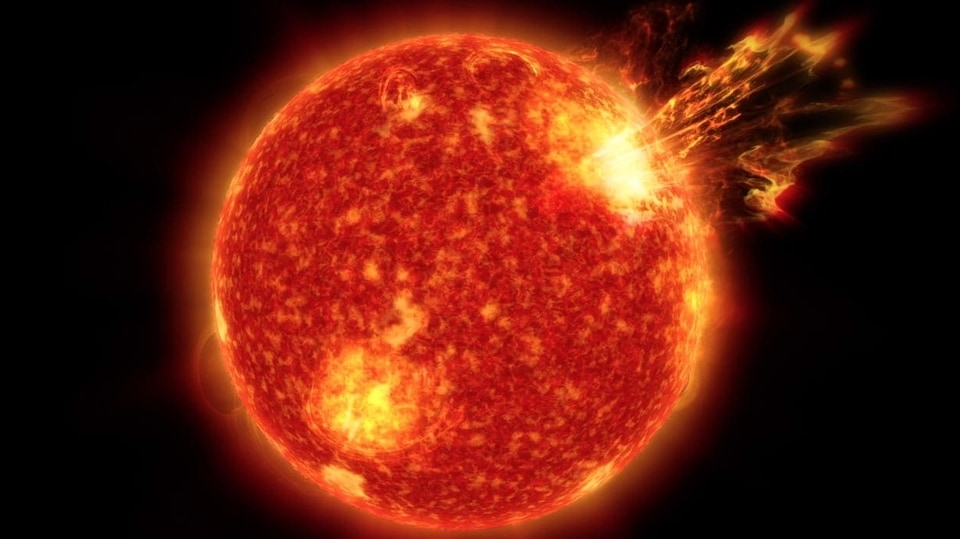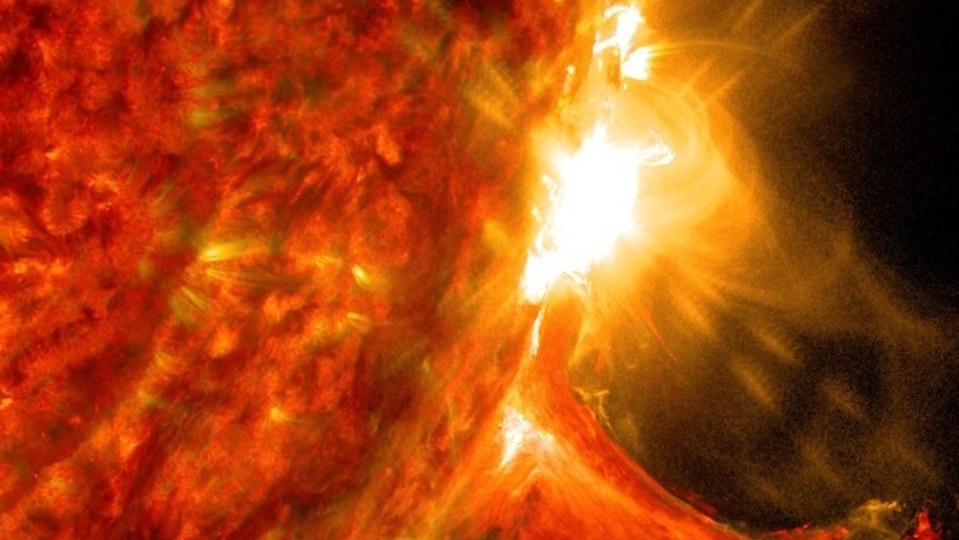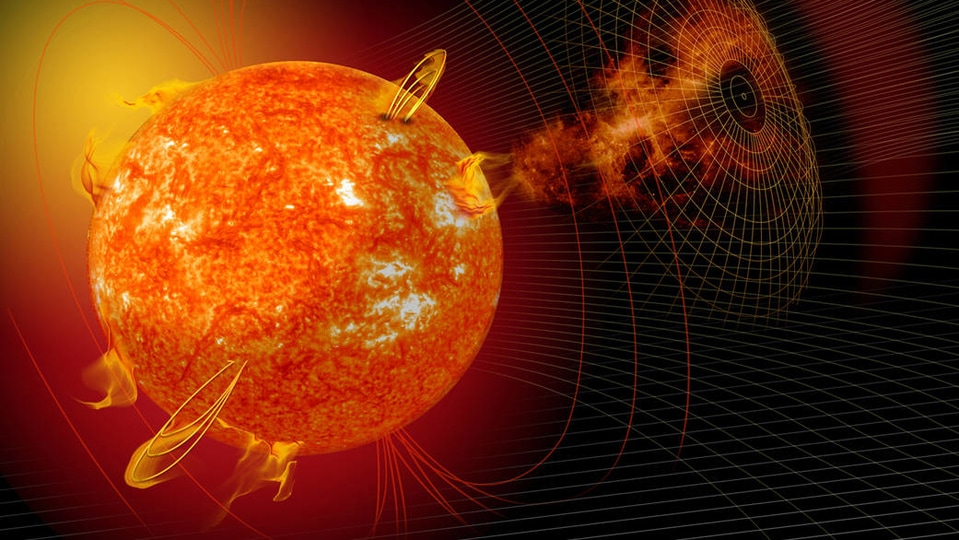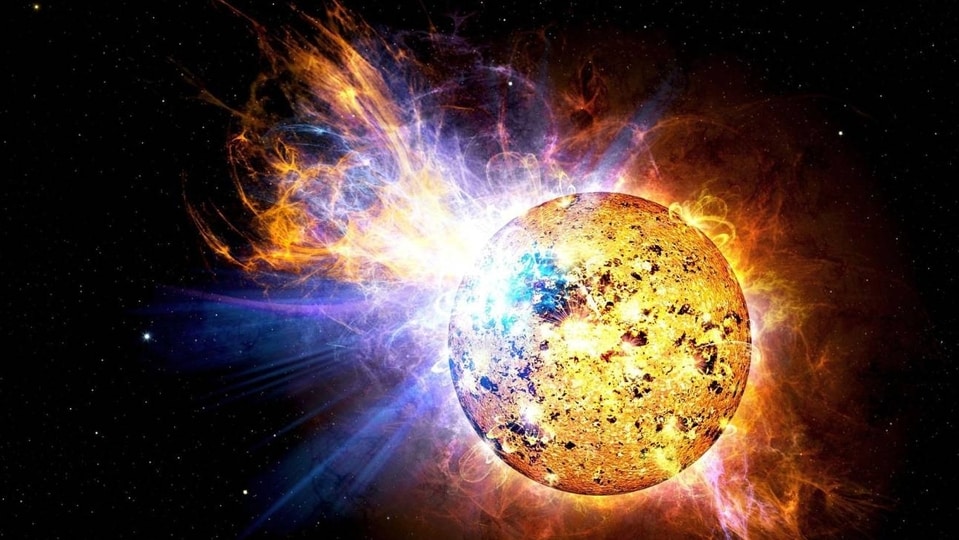Unexpected CME cloud STRIKES Earth; Solar storm set to hit in just hours
An unexpected CME cloud has struck the magnetosphere of the Earth in the early hours today, January 18. It is expected to spark a solar storm within the next few hours.




_1639373804152_1639373815879.jpg)

 View all Images
View all ImagesYesterday, it was predicted that Earth could suffer a solar storm attack on January 19 as a result of a large coronal mass ejection (CME) cloud that was released during multiple solar flare eruptions. However, unexpectedly, a part of the CME cloud has arrived earlier than its scheduled time and has struck the magnetosphere of the Earth in the early hours today, January 18. And now, in the hours to come, a solar storm will strike the Earth. You need to know how this dangerous solar storm can impact our planet. Check details.
The report came from SpaceWeather.com which said about the new incident, “Arriving earlier than expected, a CME appears to have struck Earth's magnetic field on Jan. 17th around 2200 UT. Its arrival was signaled by an abrupt shift in the interplanetary magnetic field (IMF) near Earth”. It also explained that the same IMF weakening in the southern hemisphere due to solar winds can now give right to a more powerful solar storm in hours to come.
Solar storm can hit the Earth in the next few hours
The delay between the first CME strike and the incoming solar storm is because they are separate events. The first CME cloud hit the Earth earlier than expected due to being carried by fast-moving solar winds. The same solar winds also impacted the IMF in the magnetosphere and weakened it in the southern hemisphere. Now, as more CME clouds strike the Earth soon, they will be met with less resistance and it will give rise to a stronger solar storm.
It is not possible to gauge just how strong the solar storm can be but it can disrupt GPS systems and shortwave radio frequencies. This can affect ham radio operators, drone pilots and ships and airplanes which use such wireless communication. Further, if the solar storm was more intense, it can also fluctuate power grids and impact mobile networks and even the internet. Keep an eye out as astronomers try to predict the intensity of this solar storm.
Currently, there is also a gigantic sunspot on the Earth-facing disk of the Sun. This sunspot has been named AR3190 and it is so large that it can be seen with unaided eyes. Having said that, never-ever look at the Sun directly with your naked eyes as it is extremely harmful. This was one of the biggest sunspots to be seen on the Sun in recent years. If you want to see it, make sure to use safe solar glasses to protect your eyes. Looking at the Sun without protection can damage your eyes and can even blind you.
Catch all the Latest Tech News, Mobile News, Laptop News, Gaming news, Wearables News , How To News, also keep up with us on Whatsapp channel,Twitter, Facebook, Google News, and Instagram. For our latest videos, subscribe to our YouTube channel.































